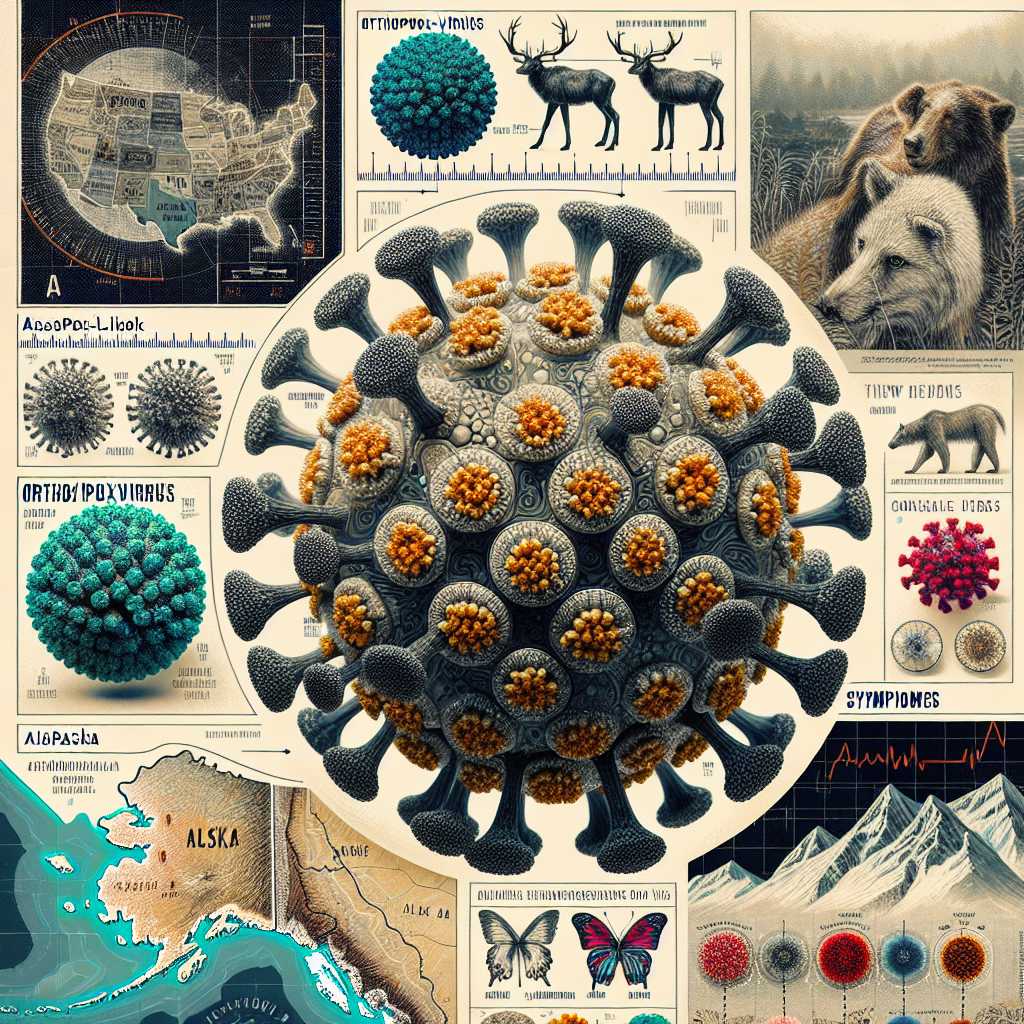Understanding Alaskapox Virus: A New Viral Discovery
Alaskapox virus is a newly identified viral infection that has cropped up in the state of Alaska. With reported cases limited and research on going, this article aims to shed light on what the Alaskapox virus is, the recorded instances of the virus thus far, its implications for public health, and the outlook going forward in managing emergent viruses in remote locations.
Discovery of Alaskapox Virus
The Alaskapox virus was first identified in 2015 when it was isolated from a resident in Alaska who presented with unusual skin lesions. The discovery gained significance due to the rarity of the case and its novel nature. It belongs to the Orthopoxvirus genus, which houses other well-known viruses such as smallpox. Despite the alarm that a relation to smallpox may cause, Alaskapox does not seem to pose a significant threat on a larger scale—although further research is essential for a comprehensive understanding.
Recorded Cases and Symptoms
As of this article’s knowledge cutoff, only a handful of cases have been documented since the discovery of Alaskapox. The symptoms reported have included fever, fatigue and lesions at the site of infection on the skin, closely resembling those characteristic of poxviruses. Patients have recovered without requiring any specific antiviral treatment, which is encouraging considering there are no vaccines or medications specifically targeting Alaskapox virus.
Transmission and Hosts
There’s limited information available about how Alaskapox is transmitted. Given its zoonotic origin, meaning that it is transmitted from animals to humans, wildlife may serve as a reservoir for the virus. Rodent species are suspected to be involved in the natural history of the virus. However, human-to-human transmission risk seems to be low or nonexistent based on current reports.
Public Health Implications
While Alaskapox virus may not pose an immediate significant public health risk due to its apparent rarity and mild course in human patients, surveillance is imperative. The emergence of new viruses requires prompt identification and study to deter potential outbreaks. In areas like Alaska where remote localities complicate healthcare delivery and disease surveillance, novel diseases can present unique challenges.
Global Concerns Over Emerging Viruses
The identification of new pathogens like Alaskapox highlights broader concerns regarding emergent infectious diseases globally. As human populations expand into new territories, the potential for encountering previously unknown zoonotic diseases increases. The global health community takes an interest in such findings to bolster preparedness efforts against potential pandemics.
Outlook for The Alaskapox Virus and Future Emerging Diseases
The interest in Alaskapox primarily involves furthering our understanding of new viral infections and enhancing capabilities to respond efficiently should these infections prove to be more serious for public health. Organizations like the Centers for Disease Control and Prevention (CDC) and World Health Organization (WHO) are crucial entities in monitoring and responding to such emerging health concerns.
